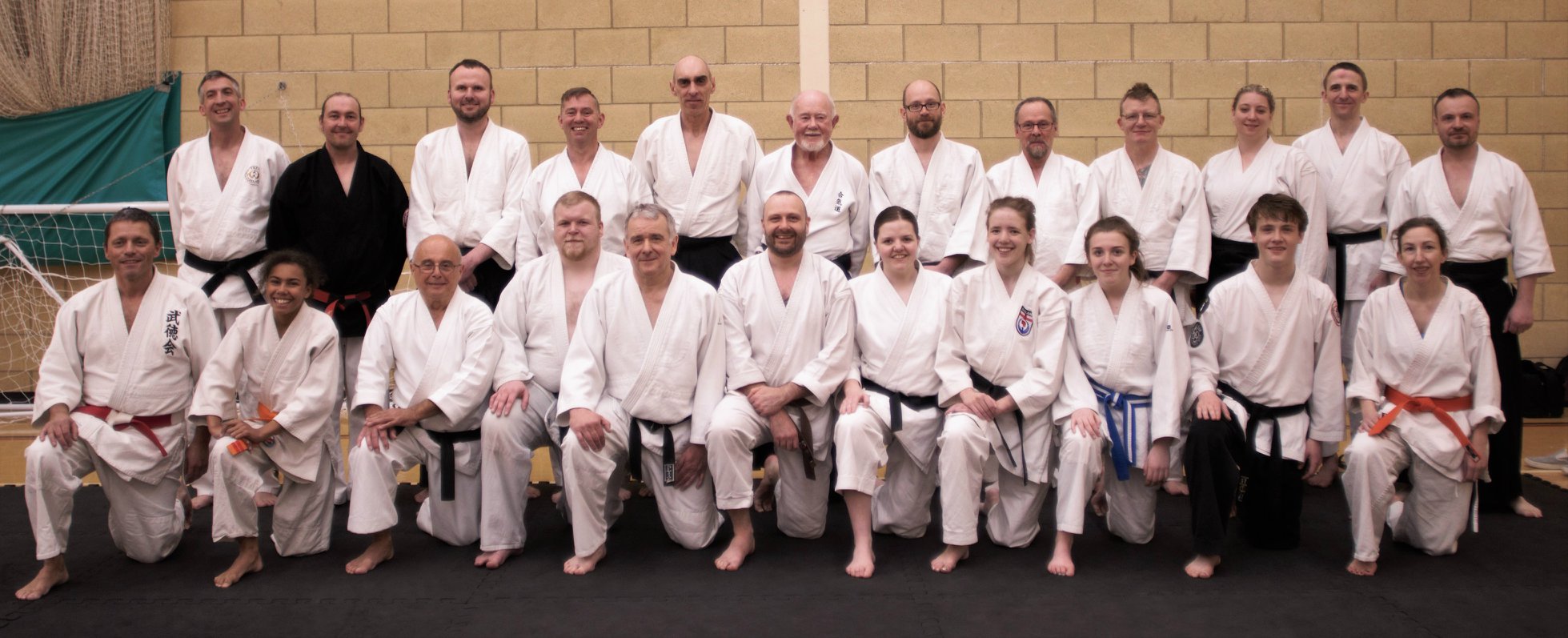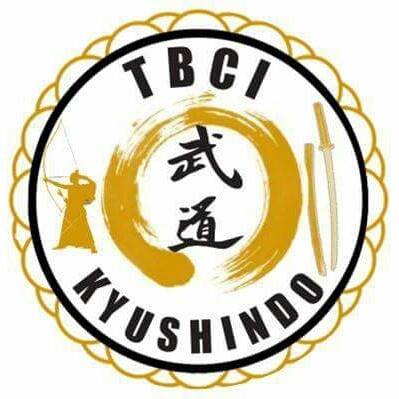This is why Ueshiba Morihei, the master of Aikido, refused to name techniques and taught only general principles. Rather than searching for a greater variety of technique, we should be seeking similarities and narrowing the range of what we have to understand, not only in a single discipline but also in the way that all disciplines are related.
It is this aspect that makes Kyushindo unique as a modern theory of Budo. Whilst we shall examine many specific applications to individual disciplines, the principles we are dealing with are the general ones that are applicable to any aspect of Budo and should be regarded as such.
Basically there is no such thing as fundamental difference in style, simply because we are involved, here, with simple mechanical facts and there is therefore only one correct way to perform any action, or technique. Where a difference of style occurs, this is simply a different level of appreciation and therefore one such style is always in error. It is for this reason that the higher a personÂ’s skill in any field, the more they will come to resemble their peers.
Therefore, to follow a specific style, even if it is less perfect, does not mean that a student will never come to understand correct technique, unless of course he cannot look beyond the style and into a further extension of this.
When we consider style in Budo, we must therefore understand exactly what objectives are sought and this involves personal goals. The type of goal I was guided to, by my personal inclinations and the influence of my teachers, was to employ Budo as a means of developing character, intelligence and spiritual aspiration. Another man might hold the completely different goal of regarding Budo as a simple competitive activity, which allows him to assert his superiority over others. Either view is perfectly valid for either personality and there should be no reason why we could not tolerate each other, within the framework of physical Budo technique, although apart from this, we might have very little in common.
The Kyushindo mental attitude should therefore be as broad and tolerant as possible and this particularly difficult for the type of personality that involves in Budo.
Kancho Alfred Bates Judan Hanshi
It is better to study techniques as representative of general principles, rather than to regard them as a set series of actions.
©Copyright Tokushima Budo Council International2008


